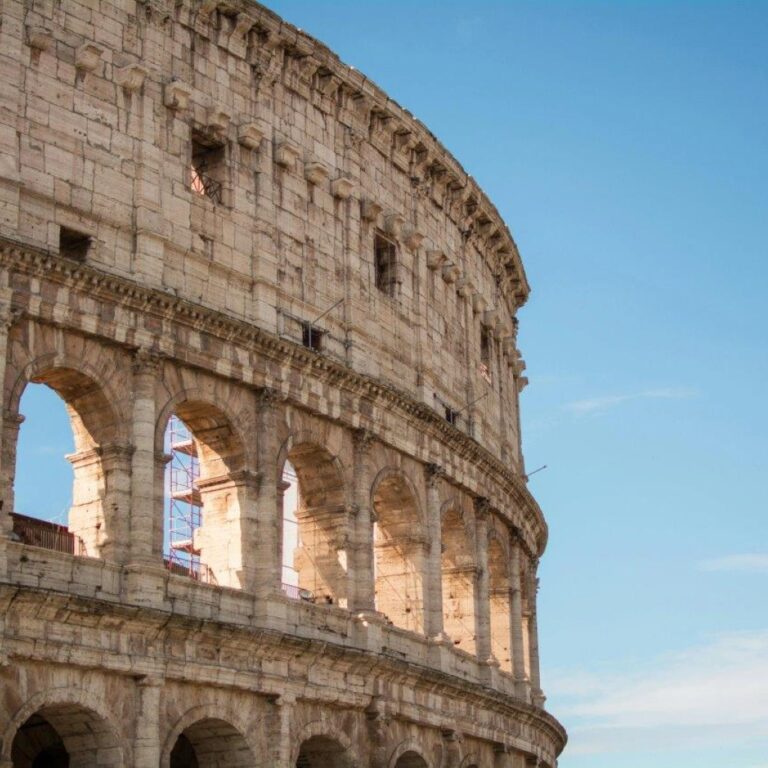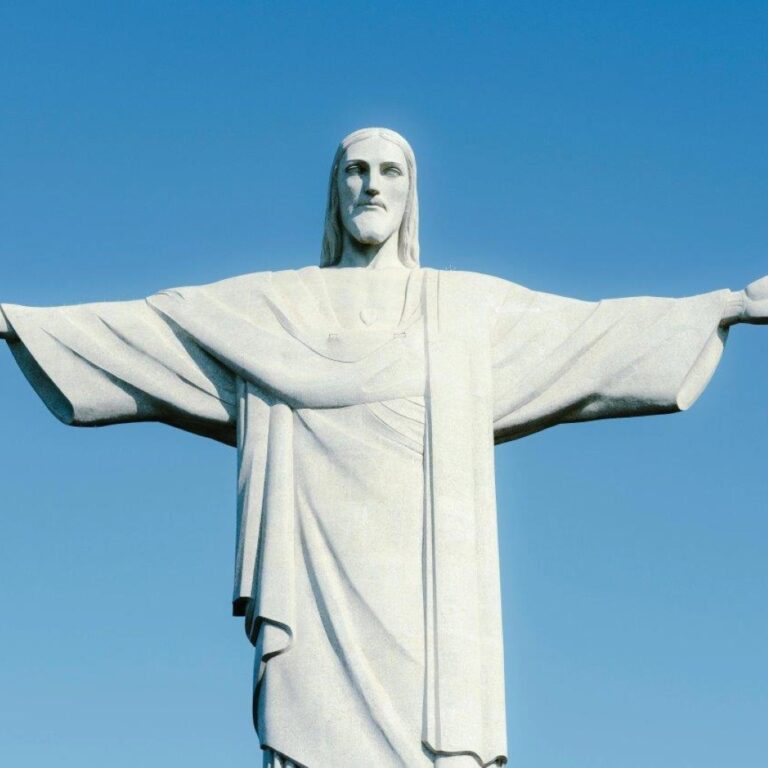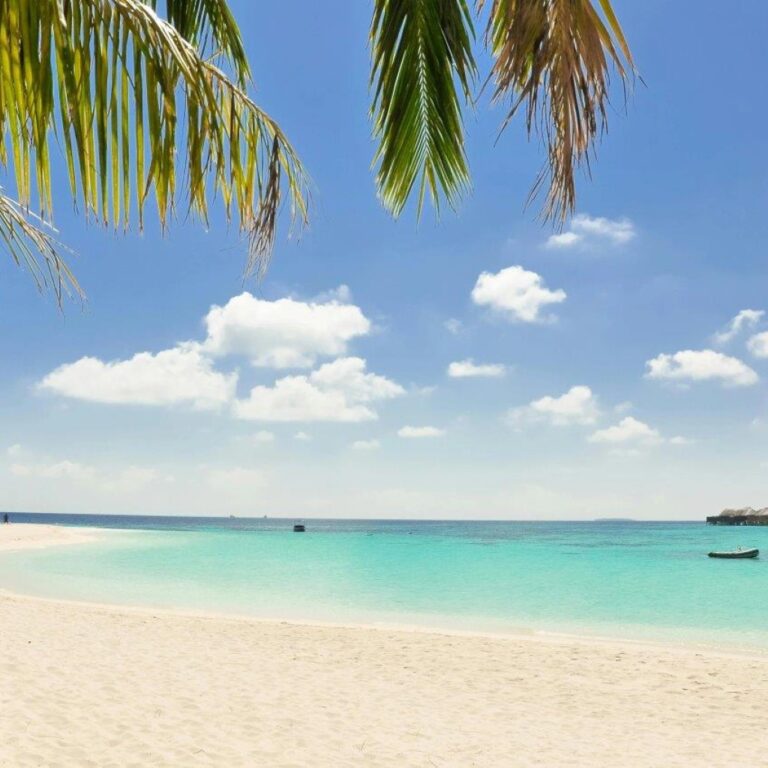The Colosseum, also known as the Flavian Amphitheatre, was commissioned by Emperor Vespasian of the Flavian dynasty in AD 70-72 and completed in AD 80 by his son Titus.
The Colosseum is the largest ancient amphitheater ever built, with a capacity to hold between 50,000 and 80,000 spectators.
The structure is made of concrete and sand and stands 48 meters (157 feet) high, 189 meters (615 feet) long, and 156 meters (510 feet) wide.
The Colosseum was used for gladiatorial contests, public spectacles, animal hunts, executions, re-enactments of famous battles, and dramas based on Classical mythology.
The arena floor was made of wood and covered with sand to absorb blood, hence the term 'arena,' derived from the Latin word for sand.
Beneath the arena was a complex network of tunnels and chambers, known as the hypogeum, used to house animals, gladiators, and stage equipment.
The Colosseum featured a retractable awning, known as the velarium, which provided shade for the spectators and was operated by Roman sailors.
The structure's design included 80 entrances and exits, allowing for efficient crowd control and quick evacuation.
The Colosseum has been damaged by earthquakes, fires, and stone robbers over the centuries but remains a powerful symbol of ancient Rome's architectural and engineering prowess.
The name 'Colosseum' is believed to be derived from a colossal statue of Nero that once stood nearby.
In the medieval period, the Colosseum was repurposed for various uses, including a fortress, a quarry, and a Christian shrine.
The Colosseum is depicted on the Italian version of the five-cent euro coin, highlighting its cultural significance.
The amphitheater was designated a UNESCO World Heritage Site in 1980 and is one of the New Seven Wonders of the World.
The Colosseum attracts millions of tourists each year, making it one of the most visited historical sites in the world.
Restoration and preservation efforts are ongoing to protect and maintain the Colosseum for future generations to appreciate its historical and cultural importance.
How useful was this post?
Click on a star to rate it!



